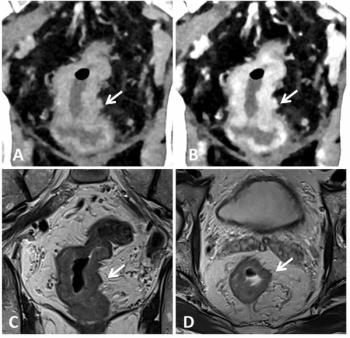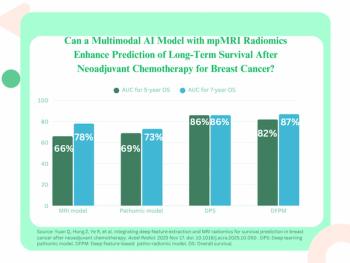
DTI Finds Brain Changes in Veterans with mTBI
Radiologists detect changes in the brains of veterans who have sustained combat-related mild traumatic brain injuries.
Diffusion-tensor imaging (DTI) detected differences in white matter microstructure among patients with combat-related mild traumatic brain injury (TBI), according to a study published in
Researchers from the Philadelphia VA Medical Center and Perelman School of Medicine, University of Pennsylvania, Philadelphia, PA, performed a retrospective study to determine whether functional outcomes of veterans who sustained combat-related TBI are associated with scalar metrics derived from DTI at their initial postdeployment evaluation.
“All conventional MR images were interpreted as normal,” co-author Jeffrey B. Ware, MD, said in a release. “We retrospectively analyzed the data from the DTI sequence to derive measures of white matter integrity, which we compared to clinical measures and subsequent outcome measures six months to 2.5 years after the initial evaluation.”
The researchers identified all male combat veterans with mild TBI who had undergone brain DTI between January 1, 2008 and September 30, 2013. Postdeployment evaluation was performed between 0.5 and nine years after injury (mean 3.8 years). A total of 76 veterans were diagnosed with mild TBI following DTI; 19 (25%) were excluded from the study because there was fewer than six months of available follow-up data, they were older than 50 years, they had an abnormal brain image or a medical comorbidity, or there was more than one year between imaging and clinical evaluation. Fifty-seven subjects remained in the study, by which point, the mean time between injury and initial postdeployment evaluation was a mean of 3.8 years. After initial postdeployment evaluation, the mean follow-up was 1.4 years.[[{"type":"media","view_mode":"media_crop","fid":"47890","attributes":{"alt":"Jeffrey B. Ware, MD","class":"media-image media-image-right","id":"media_crop_7447263281978","media_crop_h":"0","media_crop_image_style":"-1","media_crop_instance":"5684","media_crop_rotate":"0","media_crop_scale_h":"0","media_crop_scale_w":"0","media_crop_w":"0","media_crop_x":"0","media_crop_y":"0","style":"float: right;","title":"Jeffrey B. Ware, MD","typeof":"foaf:Image"}}]]
Of the 54 veterans who remained in the study, 34 (60%) had returned to work. “Return to work was independently associated with a relative increase in fractional anisotropy (FA) within white matter of the posterior limb of the left internal capsule as well as the left frontal lobe,” the authors wrote. “Furthermore, return to work was associated with a relative decrease in mean diffusivity within white matter of the left frontal lobe, left temporal lobe, left internal capsule, left parietal lobe, and right parietal lobe, as well as a relative decrease in the radial diffusivity within white matter of the left temporal lobe and left parietal lobe white matter. FA fiber integral (FAFI) and axial diffusivity were not associated with return to work.”
The results also showed that, overall, veterans had a mean of 46 health care visits per year during the follow-up period and cumulative health care visits over time were inversely correlated with diffusion anisotropy of the splenium of the corpus callosum and adjacent parietal white matter. Clinical measures obtained during initial postdeployment evaluation were not predictive of later functional status.
“Our findings suggest that differences in white matter microstructure may partially account for the variance in functional outcomes among this population. In particular, loss of white matter integrity has a direct, measurable effect,” Ware concluded. “It was illuminating to see the association between measures of white matter integrity and important outcomes occurring months to years down the road in our study population.”
Newsletter
Stay at the forefront of radiology with the Diagnostic Imaging newsletter, delivering the latest news, clinical insights, and imaging advancements for today’s radiologists.




























